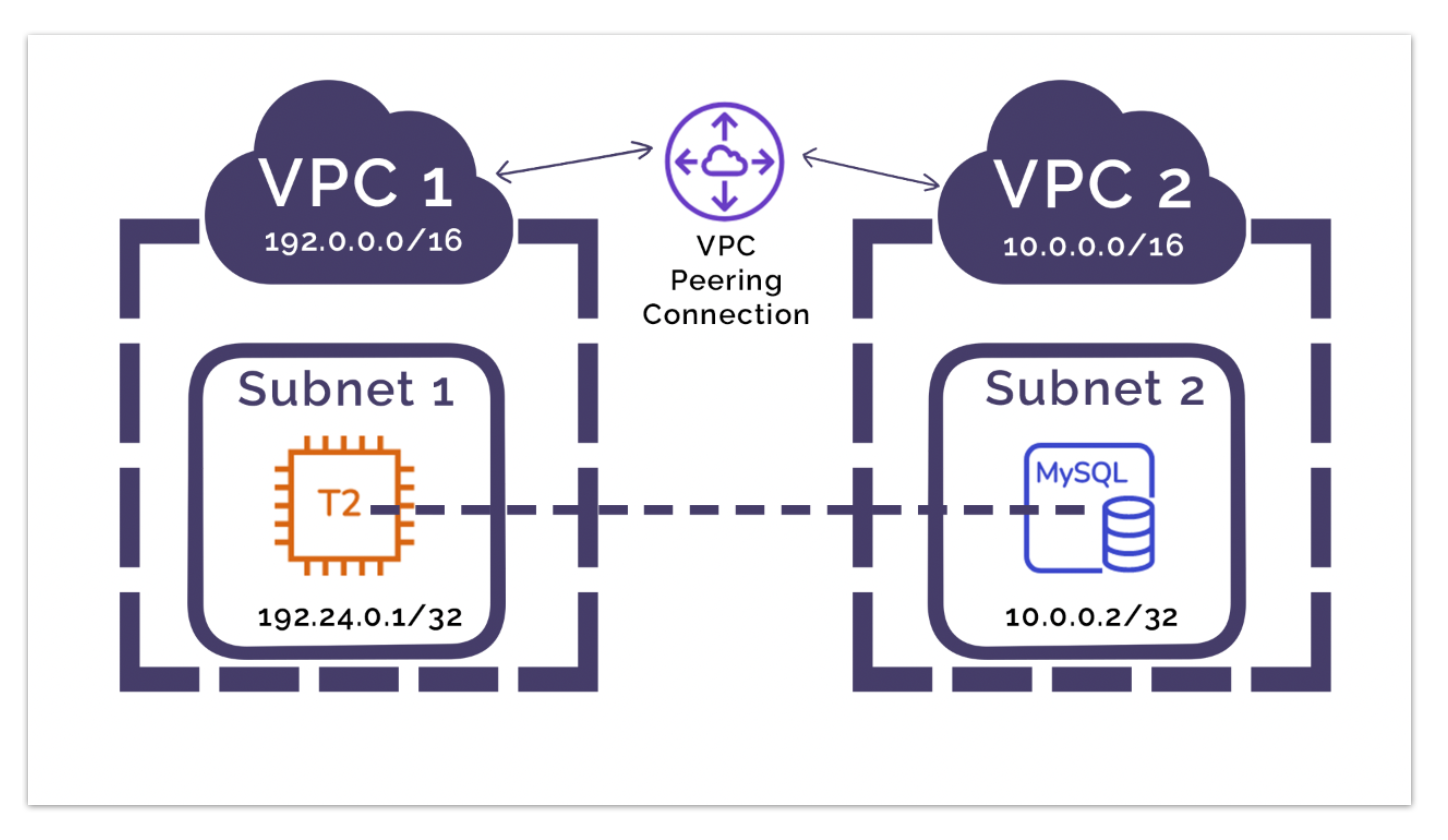Is your cloud infrastructure a tangled web of costs and complexities? It doesn't have to be. Virtual Private Cloud (VPC) peering offers a streamlined and potentially cost-effective way to connect your AWS environments, but understanding the nuances of pricing and data transfer is critical. Many organizations are leveraging VPC peering to simplify their network architecture and improve inter-VPC communication. AWSs Virtual Private Cloud (VPC) peering, a mechanism enabling secure and direct communication between disparate VPCs, presents a compelling solution for organizations seeking streamlined AWS connectivity. This AWS networking function facilitates secure and seamless resource and data transfer across VPCs, offering a private connection that bypasses the public internet. It's a straightforward option, particularly for connecting isolated environments or fostering collaboration between AWS accounts. However, understanding the intricacies of VPC peering costs, especially data transfer charges, is crucial for optimizing cloud expenditure. A well-visualized diagram can significantly aid in understanding the connectivity and traffic flow achieved through VPC peering. Such diagrams often showcase components like transit gateways, client VPNs, and VPC peering connections within specific AWS regions, such as US East (N. Virginia).
- Toni Kroos The Legend Retirement Footballing Achievements
- Justina Valentine Bio Zodiac Wild N Out More Facts


